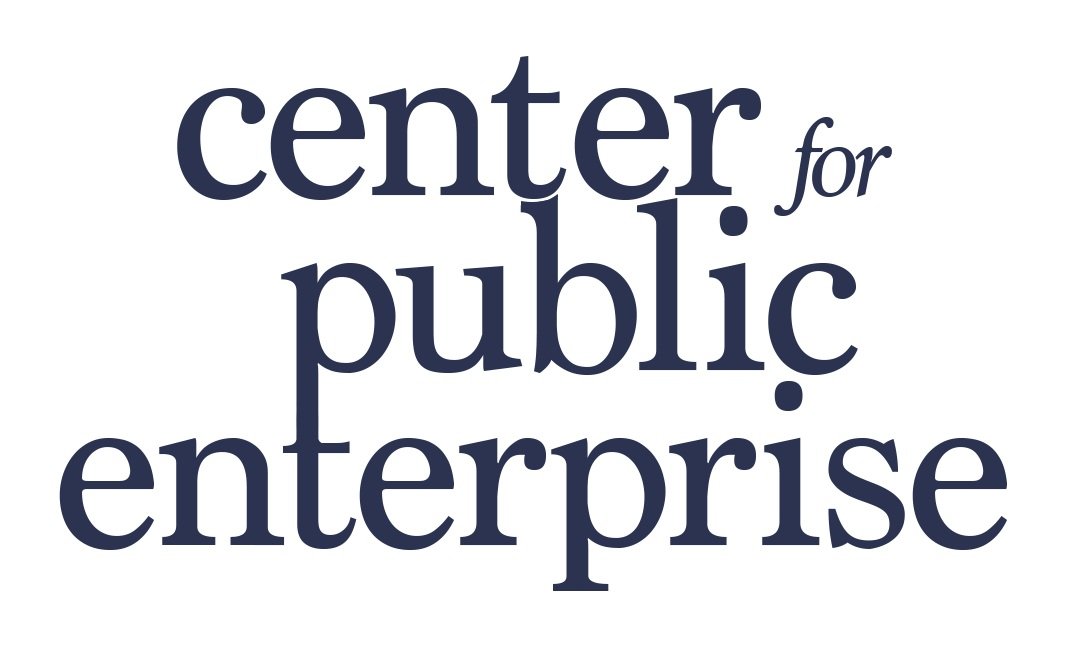Overreading into Underwriting, Part 1
A Series on Underwriting: Introduction
If you’ve ever secured a mortgage, signed up for an insurance plan, or—anyone could be reading this—taken your company public on the New York Stock Exchange, then you’ve needed something called underwriting. Taking on debt to finance a home is risky, to say nothing of raising funding for a company. You know this, and so does your bank, which hires teams of people called underwriters to assess just how risky your particular venture is. They comb through all your finances, and then they judge you. That assessment is how banks put a price on you and your creditworthiness; underwriting is how debt markets are made.
This applies to energy as much as to anything else. The renewable energy developers who need to secure debt before they can build a utility-scale system need a bank to underwrite their risks, and, after doing so, structure the developer’s debt so it has the financing it needs to build its project. Project finance underwriting is as complicated as it is essential to the building of new assets—and that’s precisely why the public sector requires underwriting and deal structuring capacity of its own. Not only are private sector underwriters sometimes under-equipped to structure clean energy investments at the scale that comprehensive national decarbonization requires, but recent volatility in the municipal bond and tax equity markets is deepening risk aversion among private underwriters when it is least useful. Investments in socially important infrastructure would benefit from less exposure to the discipline of a fragile private underwriting system.
Our first post in this three-part series, below, focuses on what underwriting is and how underwriters structure transactions. It’s essential that policymakers and decarbonization advocates understand how this essential node in our financial system works. The second part will address the challenges of underwriting tax equity and municipal bond transactions, not just due to their financial complexity but due to the absence of liquid secondary debt markets for those asset classes. And the final part hones in on the importance of building public-sector underwriting capacity—particularly given how risky investments in decarbonization are today.
Part 1: Underwriting and Structuring
Underwriting requires a lot of work from banks. Not only does a commercial bank doing underwriting, called the underwriting bank, need to be able to perform adequate financial modeling—cash flow analysis, revenue projections, debt service projections, etc.—for its clients, but it also needs dedicated sectoral expertise to evaluate if the project is technically feasible. The information that experienced teams gain by repeatedly engaging in underwriting across a sector is perhaps the most crucial advantage that an underwriting bank can offer developers when supporting new projects. Underwriters are constantly building close working relationships with the firms whose projects they’re assessing, evaluating them against their peers and competitors. By virtue of close and repeated interaction, underwriters learn the ins and outs of an industry and project developers get consistent access to financing. What project developers need is debt and, at the end of an underwriting process, their underwriting bank will judge how risky lending to them is going to be. Thus, underwriting is critical to building an ecosystem of information and capital that can foster and direct an industry’s development.
Chances are, these project underwriting teams are also structuring the project’s debt. Whether it’s through syndicating a loan or preparing a bond issuance for the project developer, debt underwriters’ other job involves marketing developers’ risk-assessed debts: shopping it around to other investors who may co-finance projects’ loans. Underwriting is at the heart of a bank’s role as a market-maker which makes previously hard-to-price, hard-to-trade assets—in other words, illiquid assets—marketable and tradable.
At this stage, the terminology around underwriting changes slightly. When firms coordinate both underwriting and debt sales, underwriters are sometimes called “book runners”. As book runners, they can bring other banks into the process to aid with processing payments to and from developers (the account bank) or to ensure that lenders are insured (the insurance bank). Since underwriting is expensive, there's little incentive to duplicate underwriting expertise on a per-project basis, so, in larger deals involving multiple banks, smaller banks interested in holding a project’s debt will usually rely on larger banks with better-experienced underwriters. The lead underwriting team’s sector-specific knowledge allows them to organize the process of structuring debt.
Once the complex process of underwriting and structuring is complete—it may take months—a developer can issue their debt or take out a loan to finance their capital expenditure. The underwriting bank will be either the issuer of the loan or the first buyer of the debt, and will immediately resell it onto the project’s other bond investors and loan participants (see Figure 1).
Figure 1. A simplified depiction of how an underwriting bank conducts debt finance from interested secondary market investors to the project developer’s SPV, taking a spread as their commission.
Being the developer’s debt finance conduit allows the underwriter to do a little bit of arbitrage; this is how they get paid. By charging a slightly higher interest rate to the developer relative to the interest rate that they offer all other participating lenders or bond investors, they can claim the difference, or the spread, between the two (as shown in Figure 1).1
The economics of underwriting are based on the ability of the lead bank to set a price that other market participants accept as reasonable given the borrower’s risk, available secondary markets for the resulting loans, and the sectoral context. To be sure, it may fail to do this: it’s possible that project finance bond issues remain undersubscribed—as in, not enough investors are interested in buying the project bonds that the underwriting bank offers up for sale.2 In this situation, underwriting banks have to hold the unsold bonds themselves, depriving them of the chance to earn a spread on reselling the developer’s debt at a discounted interest rate.3 For this reason, underwriters need to be conscious of when they sell debt on the market. Nobody wants to sell into an unfriendly investment environment. Project underwriters therefore benefit from markets with dealers who buy, sell and warehouse financial assets for investors. Dealers’ activities can create deep reserves of liquidity for instruments meeting specified standards or targeting particular kinds of capital investments.
This is how underwriting at banks works, at least in the context of project finance. We’ll focus on the intersection between underwriting processes and the broader financial system in part 2 of this series—coming out soon.
Footnotes
This is the bond-market equivalent of an IPO (initial public offering) of a company’s shares on the stock market.
Woe is the fate of Morgan Stanely, which served as the underwriter for Elon Musk’s takeover of Twitter and must now book $500 million in losses because they cannot find buyers who will purchase their Twitter-takeover bonds for anything but pennies on the dollar after Musk’s management of Twitter (now X) was immediately plagued with scandal.
Loans and unsold bonds still earn interest, of course, but they take up regulatory space on the underwriting bank’s balance sheet that prevents them from rolling over other loans on their balance sheet as easily—and expose the bank to duration risk on the debt, which may see volatile swings in price.


